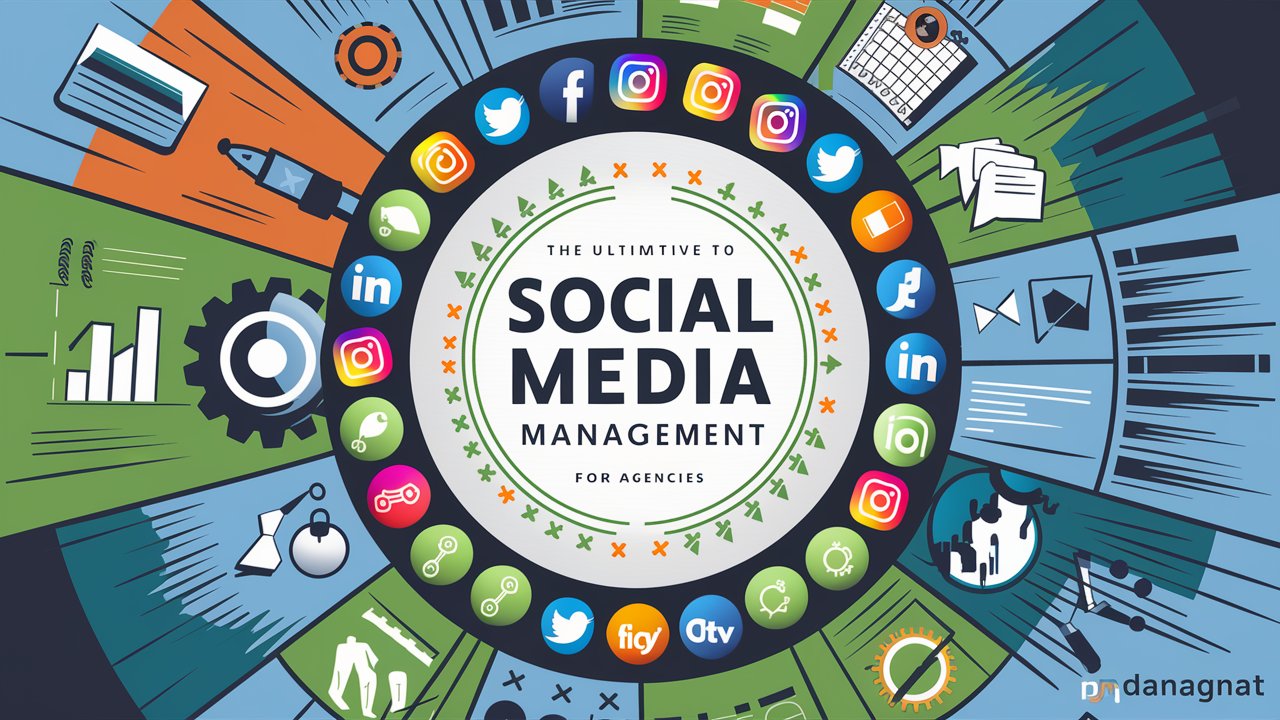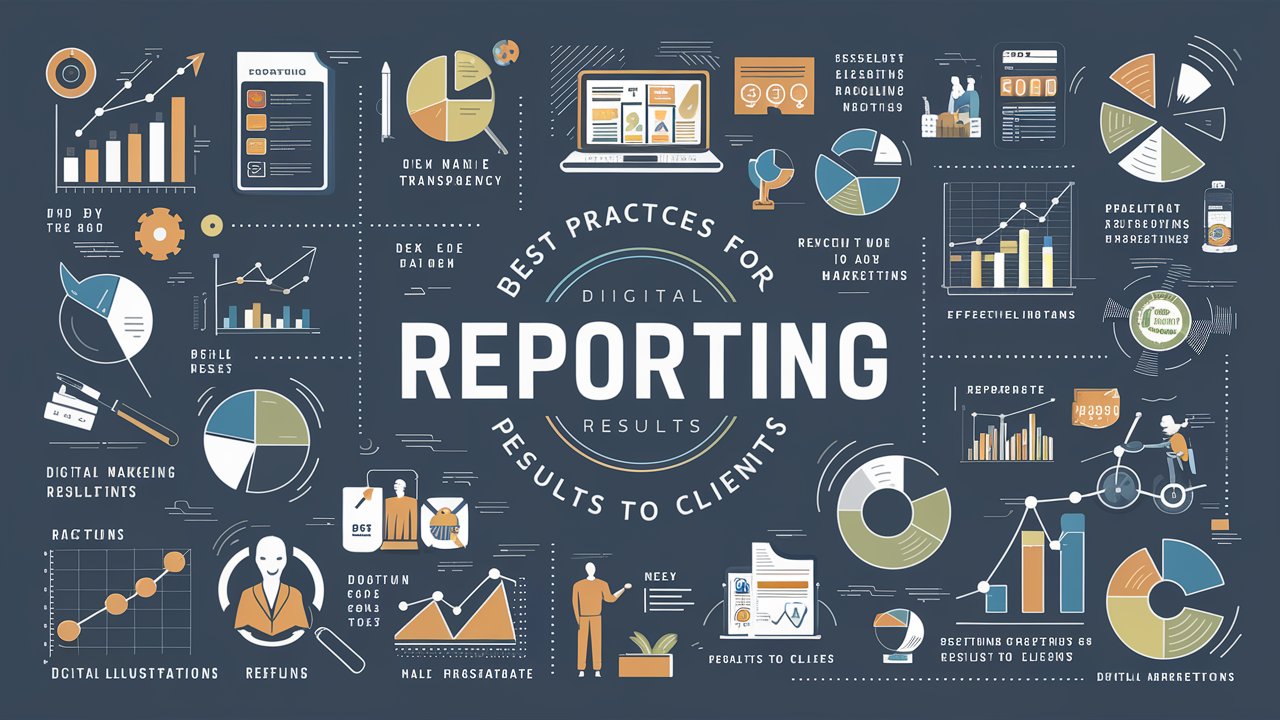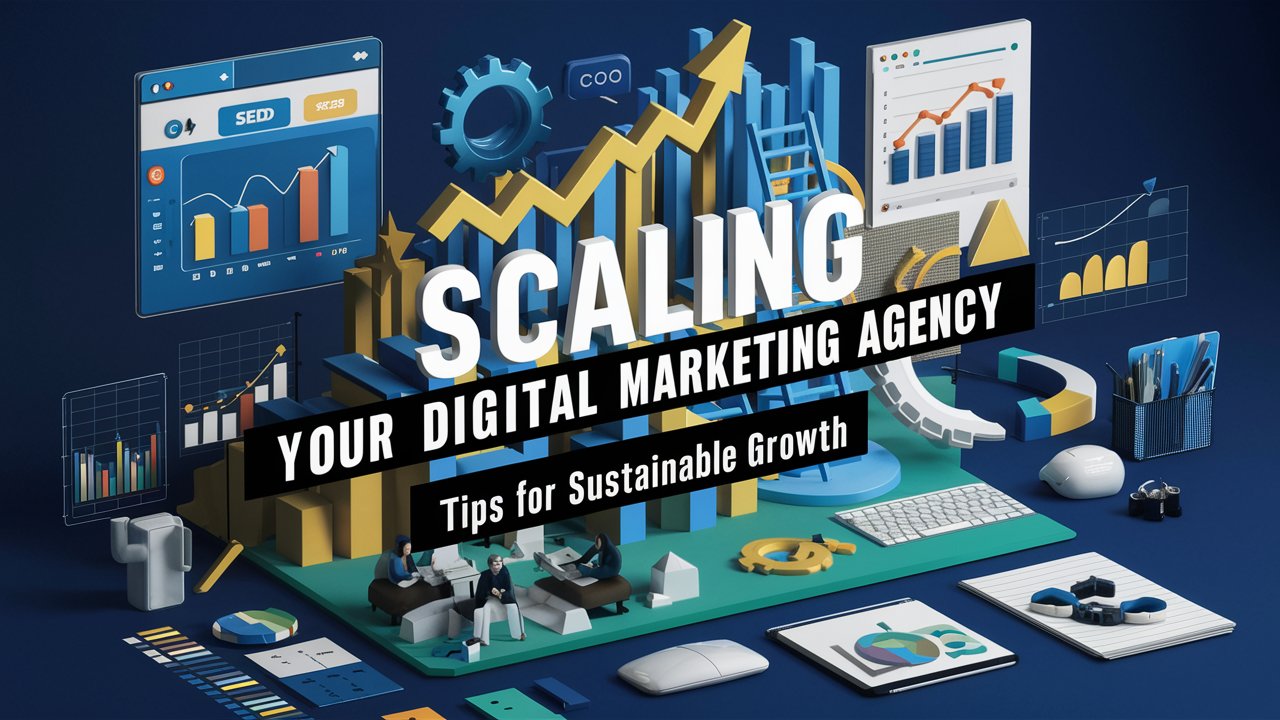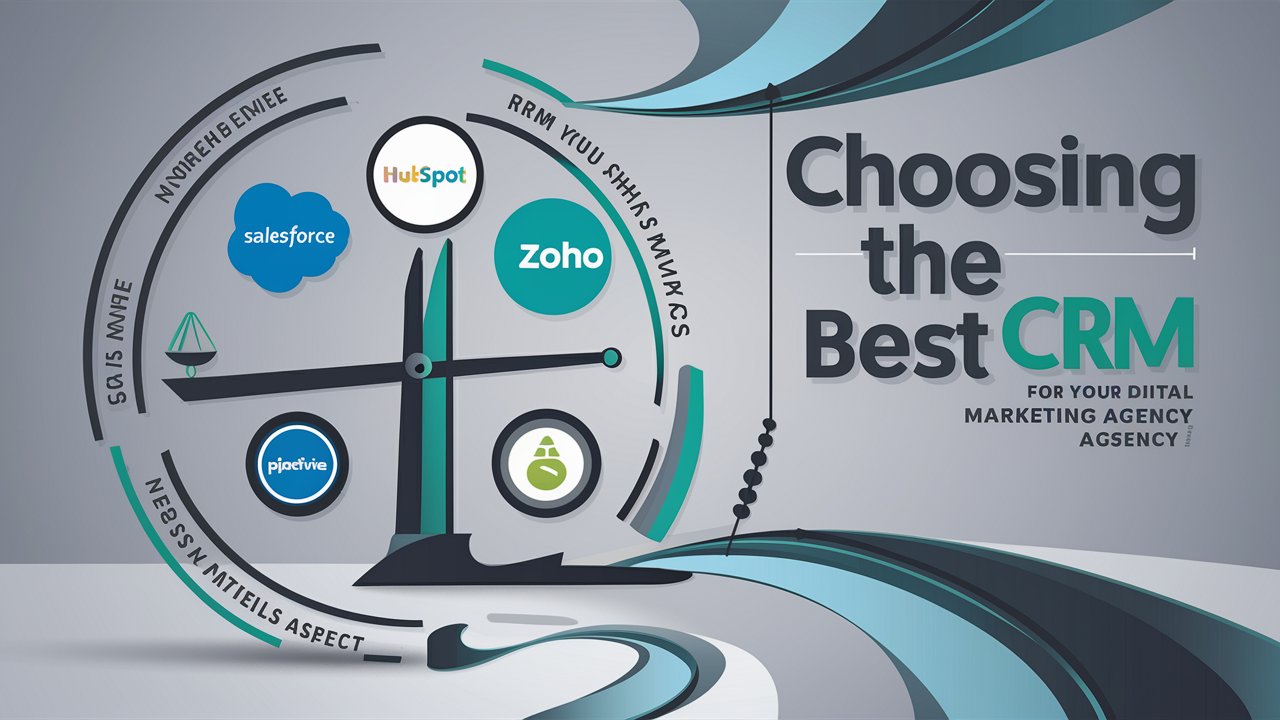In today’s digital age, effective social media management is crucial for agencies looking to deliver exceptional results for their clients. With platforms continuously evolving and new trends emerging, mastering social media management can set your agency apart from the competition. This comprehensive guide will explore essential strategies, tools, and best practices for managing social media for clients, helping you create impactful and measurable social media campaigns.
1. Understand Your Client’s Goals and Audience
Keyword: Client Goals in Social Media Management
The foundation of effective social media management starts with a clear understanding of your client’s objectives and target audience.
- Define Objectives: Work with your clients to establish clear, measurable goals such as brand awareness, lead generation, or customer engagement. Ensure these goals align with their overall marketing strategy.
- Identify Target Audience: Research your client’s target audience to understand their demographics, interests, and behavior. Use this information to tailor content and engagement strategies.
Example: “Our client’s goal was to increase brand awareness among millennial consumers, leading to the development of targeted campaigns focused on trending topics and engaging visuals.”
2. Develop a Comprehensive Social Media Strategy
Keyword: Social Media Strategy for Agencies
A well-crafted social media strategy is essential for achieving client goals and ensuring consistency across platforms.
- Content Planning: Create a content calendar that outlines what content will be posted, when, and on which platforms. Include a mix of promotional, educational, and entertaining content.
- Platform Selection: Choose the most relevant social media platforms based on your client’s target audience. Focus on platforms where their audience is most active and engaged.
- Competitor Analysis: Analyze competitors’ social media presence to identify successful tactics and potential gaps in your client’s strategy.
Example Strategy: “Developed a monthly content calendar featuring a mix of blog posts, infographics, and user-generated content to engage the target audience across Facebook, Instagram, and LinkedIn.”
3. Create Engaging and High-Quality Content
Keyword: Content Creation for Social Media Management
High-quality, engaging content is key to driving interaction and building a strong social media presence.
- Visual Content: Use high-resolution images, videos, and infographics to capture attention and enhance engagement. Invest in professional design tools or services if necessary.
- Copywriting: Craft compelling and concise copy that resonates with your client’s audience. Use a consistent brand voice and incorporate relevant hashtags and calls to action.
- Content Formats: Experiment with various content formats, such as polls, quizzes, live videos, and stories, to keep your audience engaged and interested.
Example Content: “Created a series of engaging video tutorials and infographics that increased audience interaction and drove traffic to the client’s website.”
4. Utilize Social Media Management Tools
Keyword: Social Media Tools for Agencies
Efficient social media management requires the use of tools that streamline processes and enhance productivity.
- Scheduling Tools: Use tools like Hootsuite, Buffer, or Sprout Social to schedule posts in advance and manage multiple social media accounts from a single dashboard.
- Analytics Tools: Implement tools such as Google Analytics, Socialbakers, or HubSpot to track performance metrics and gather insights on audience behavior and content effectiveness.
- Monitoring Tools: Use social listening tools like Brandwatch or Mention to monitor brand mentions, track sentiment, and engage with your audience in real time.
Example Tool: “Utilized Buffer to schedule and manage posts across multiple platforms, allowing for streamlined content distribution and consistent posting.”
5. Implement Social Media Advertising
Keyword: Social Media Advertising for Agencies
Paid social media advertising can amplify your client’s reach and drive targeted results.
- Ad Campaigns: Develop targeted ad campaigns on platforms like Facebook, Instagram, LinkedIn, and Twitter. Use precise targeting options to reach specific audience segments based on interests, behaviors, and demographics.
- Ad Formats: Experiment with various ad formats, including image ads, video ads, carousel ads, and sponsored posts, to determine which performs best for your client’s objectives.
- Budget Management: Allocate budget based on campaign goals and performance. Monitor ad spend and adjust budgets as needed to optimize results.
Example Campaign: “Launched a targeted Facebook ad campaign to increase lead generation, achieving a 30% higher conversion rate compared to previous campaigns.”
6. Engage with Your Audience
Keyword: Audience Engagement for Agencies
Building and maintaining a strong relationship with your client’s audience is essential for long-term success.
- Respond Promptly: Monitor comments, messages, and mentions to respond to audience inquiries and feedback in a timely manner.
- Encourage Interaction: Foster engagement by asking questions, running contests, and encouraging user-generated content. Show appreciation for your audience’s contributions.
- Build Community: Create a sense of community by engaging with followers, sharing user-generated content, and highlighting customer success stories.
Example Engagement: “Hosted a social media contest that encouraged followers to share their own stories, resulting in a 40% increase in user engagement and brand interactions.”
7. Analyze and Report on Performance
Keyword: Social Media Analytics for Agencies
Regular analysis and reporting are crucial for understanding the effectiveness of your social media efforts and making data-driven decisions.
- Track Key Metrics: Monitor metrics such as engagement rate, click-through rate, conversion rate, and follower growth to assess performance.
- Generate Reports: Create detailed reports for your clients that highlight key achievements, insights, and areas for improvement. Use visual aids like charts and graphs for clarity.
- Optimize Strategies: Use performance data to refine your social media strategies, adjust content, and improve targeting based on what works best.
Example Reporting: “Compiled a monthly performance report that detailed engagement metrics, ad performance, and audience growth, leading to strategic adjustments that enhanced overall campaign effectiveness.”
8. Stay Updated with Industry Trends
Keyword: Social Media Trends for Agencies
Keeping up with the latest trends and changes in social media is essential for maintaining a competitive edge.
- Follow Industry News: Subscribe to industry blogs, newsletters, and podcasts to stay informed about new features, algorithm changes, and best practices.
- Attend Webinars and Conferences: Participate in industry webinars and conferences to learn from experts and network with peers.
- Adapt Strategies: Continuously adapt your social media strategies based on emerging trends and changes in platform algorithms.
Example Trend: “Incorporated trending video formats and interactive content to align with the latest social media trends, resulting in increased engagement and visibility.”
Conclusion
Effective social media management for agencies involves a strategic approach, from understanding client goals to implementing and optimizing campaigns. By leveraging the right tools, creating engaging content, and staying updated with industry trends, you can deliver exceptional results and drive growth for your clients.
Call to Action
Ready to elevate your social media management game? Contact us today to discover how our expert strategies and tools can help your agency achieve outstanding results for your clients!









